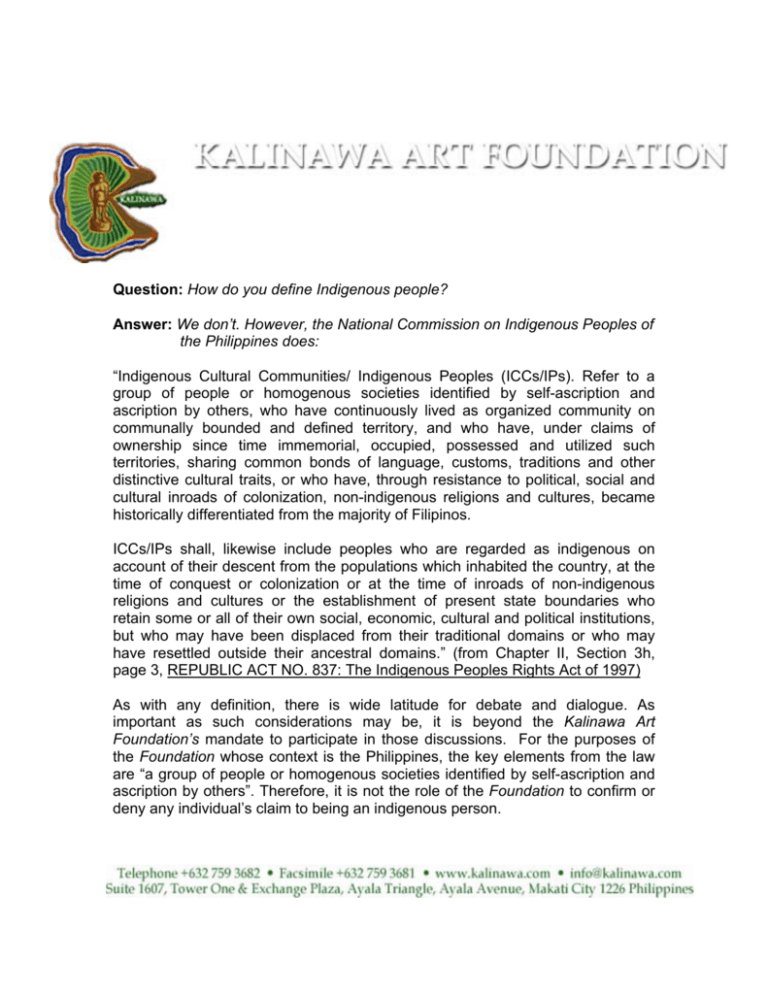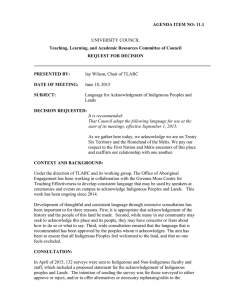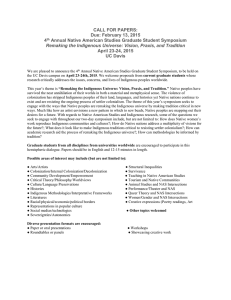Question: How do you define Indigenous people? Answer: We don't
advertisement

Question: How do you define Indigenous people? Answer: We don’t. However, the National Commission on Indigenous Peoples of the Philippines does: “Indigenous Cultural Communities/ Indigenous Peoples (ICCs/IPs). Refer to a group of people or homogenous societies identified by self-ascription and ascription by others, who have continuously lived as organized community on communally bounded and defined territory, and who have, under claims of ownership since time immemorial, occupied, possessed and utilized such territories, sharing common bonds of language, customs, traditions and other distinctive cultural traits, or who have, through resistance to political, social and cultural inroads of colonization, non-indigenous religions and cultures, became historically differentiated from the majority of Filipinos. ICCs/IPs shall, likewise include peoples who are regarded as indigenous on account of their descent from the populations which inhabited the country, at the time of conquest or colonization or at the time of inroads of non-indigenous religions and cultures or the establishment of present state boundaries who retain some or all of their own social, economic, cultural and political institutions, but who may have been displaced from their traditional domains or who may have resettled outside their ancestral domains.” (from Chapter II, Section 3h, page 3, REPUBLIC ACT NO. 837: The Indigenous Peoples Rights Act of 1997) As with any definition, there is wide latitude for debate and dialogue. As important as such considerations may be, it is beyond the Kalinawa Art Foundation’s mandate to participate in those discussions. For the purposes of the Foundation whose context is the Philippines, the key elements from the law are “a group of people or homogenous societies identified by self-ascription and ascription by others”. Therefore, it is not the role of the Foundation to confirm or deny any individual’s claim to being an indigenous person.











